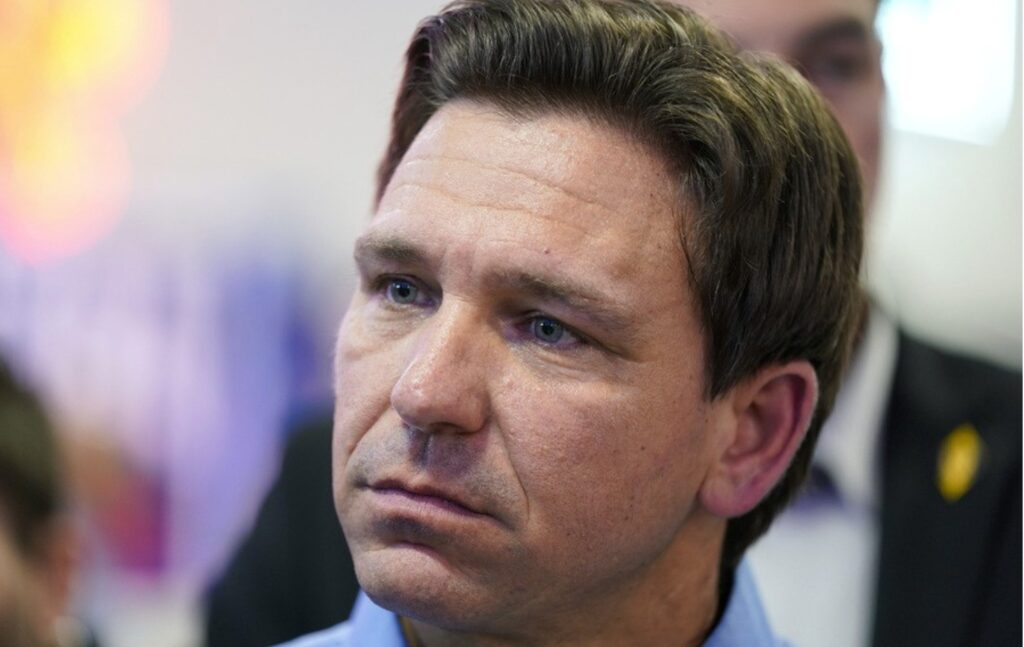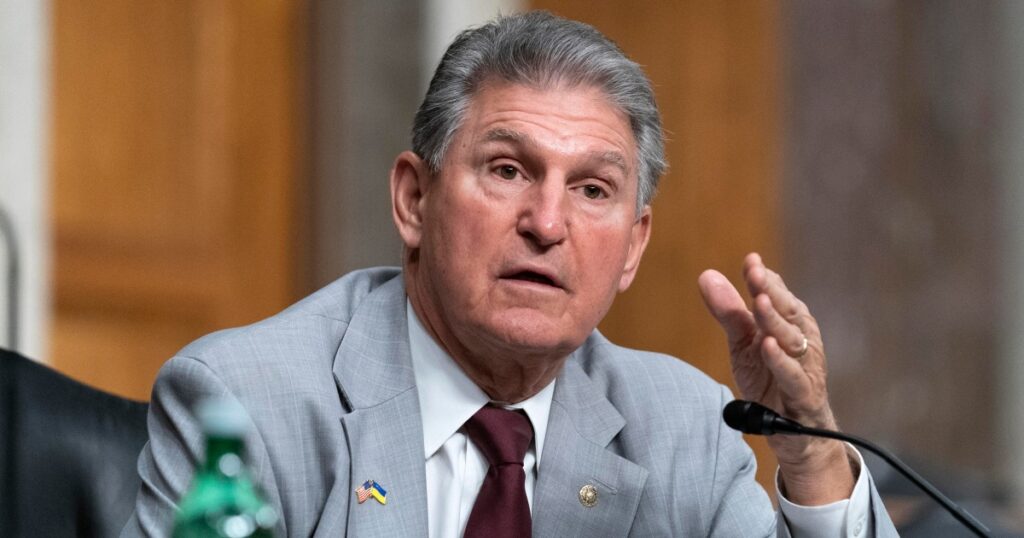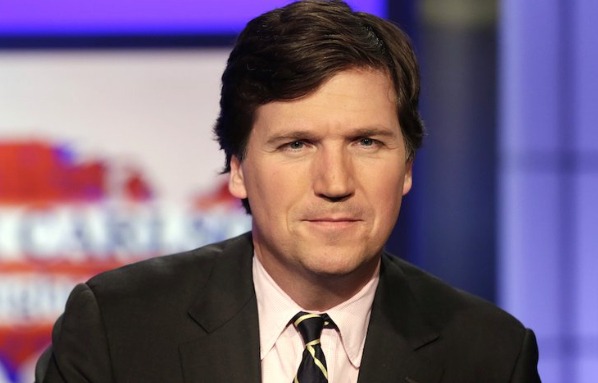Understanding the Ray Dalio Debt Ceiling: A Comprehensive Overview
Ray Dalio, a renowned American billionaire investor and founder of Bridgewater Associates, has recently shed light on the issue of the debt ceiling. The debt ceiling refers to the maximum amount of money that the United States government can borrow to fund its operations. In his analysis, Dalio emphasizes the importance of understanding the implications of the debt ceiling and its potential impact on the economy.
Dalio explains that when the debt ceiling is reached, the government is unable to borrow more money, leading to a potential default on its financial obligations. This can have severe consequences, including a downgrade in the country’s credit rating, increased borrowing costs, and a loss of confidence in the economy. Dalio argues that the debt ceiling is a critical issue that needs to be addressed to ensure the stability and growth of the economy.
To further complicate matters, Dalio highlights the political nature of the debt ceiling debate. He explains that the decision to raise the debt ceiling is often subject to political negotiations and can become a contentious issue. This can lead to uncertainty and volatility in the financial markets, as investors become wary of the potential consequences of a failure to raise the debt ceiling.
Key Factors and Implications of Ray Dalio’s Analysis on the Debt Ceiling
Dalio’s analysis of the debt ceiling brings attention to several key factors and implications. Firstly, he emphasizes the importance of raising the debt ceiling in a timely manner to avoid a potential default. Failure to do so can have far-reaching consequences, including a negative impact on the economy, increased borrowing costs, and a loss of confidence in the government’s ability to manage its finances.
Furthermore, Dalio highlights the need for a long-term solution to the debt ceiling issue. He argues that temporary fixes and short-term extensions only serve to delay the problem, creating uncertainty and instability in the economy. A comprehensive and sustainable solution is necessary to ensure the smooth functioning of the government and the financial markets.
Lastly, Dalio’s analysis underscores the interconnectedness of the global economy. The United States’ status as a global economic powerhouse means that any disruptions caused by a failure to raise the debt ceiling can have ripple effects across the world. This highlights the need for international cooperation and coordination to address the debt ceiling issue and mitigate its potential impact on the global economy.
In conclusion, Ray Dalio’s analysis of the debt ceiling provides valuable insights into the potential consequences and implications of this critical issue. His emphasis on the need for timely action, long-term solutions, and international cooperation serves as a reminder of the importance of addressing the debt ceiling to ensure the stability and growth of the economy.







